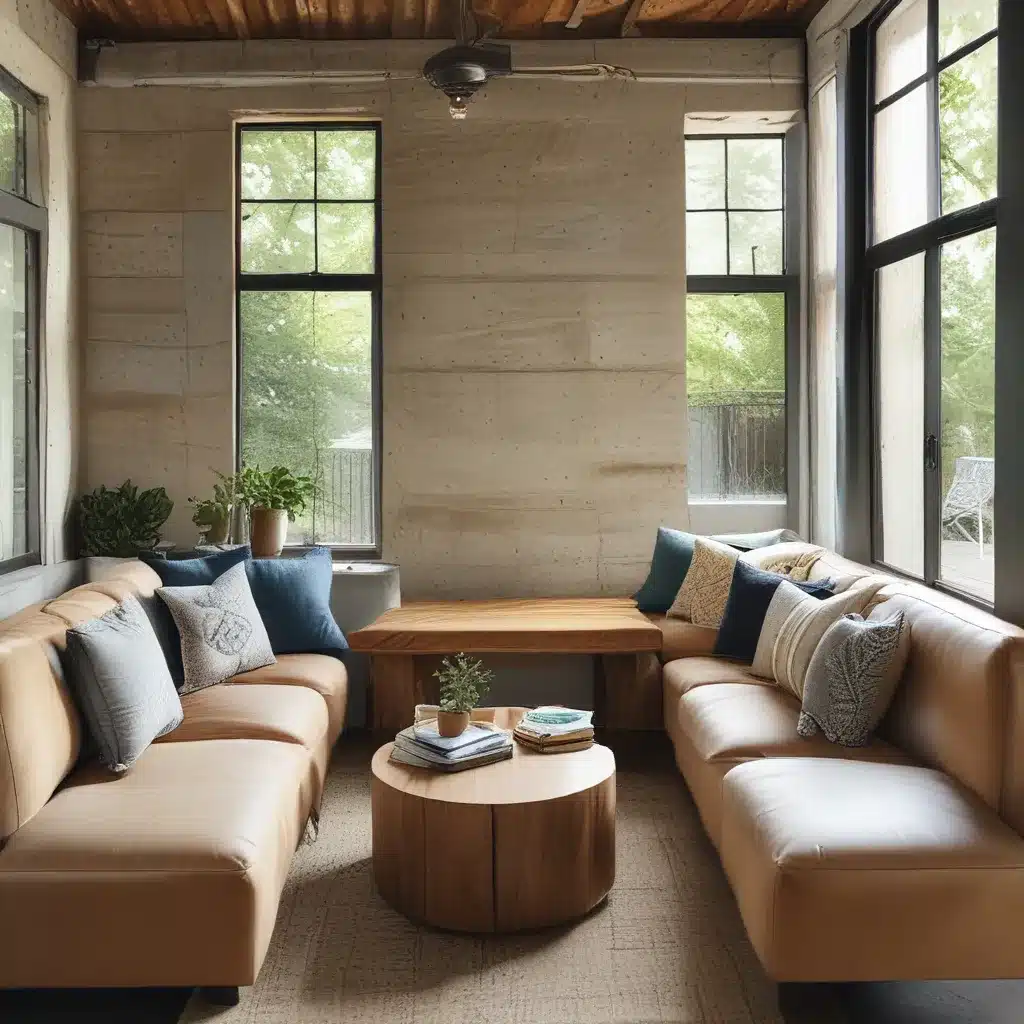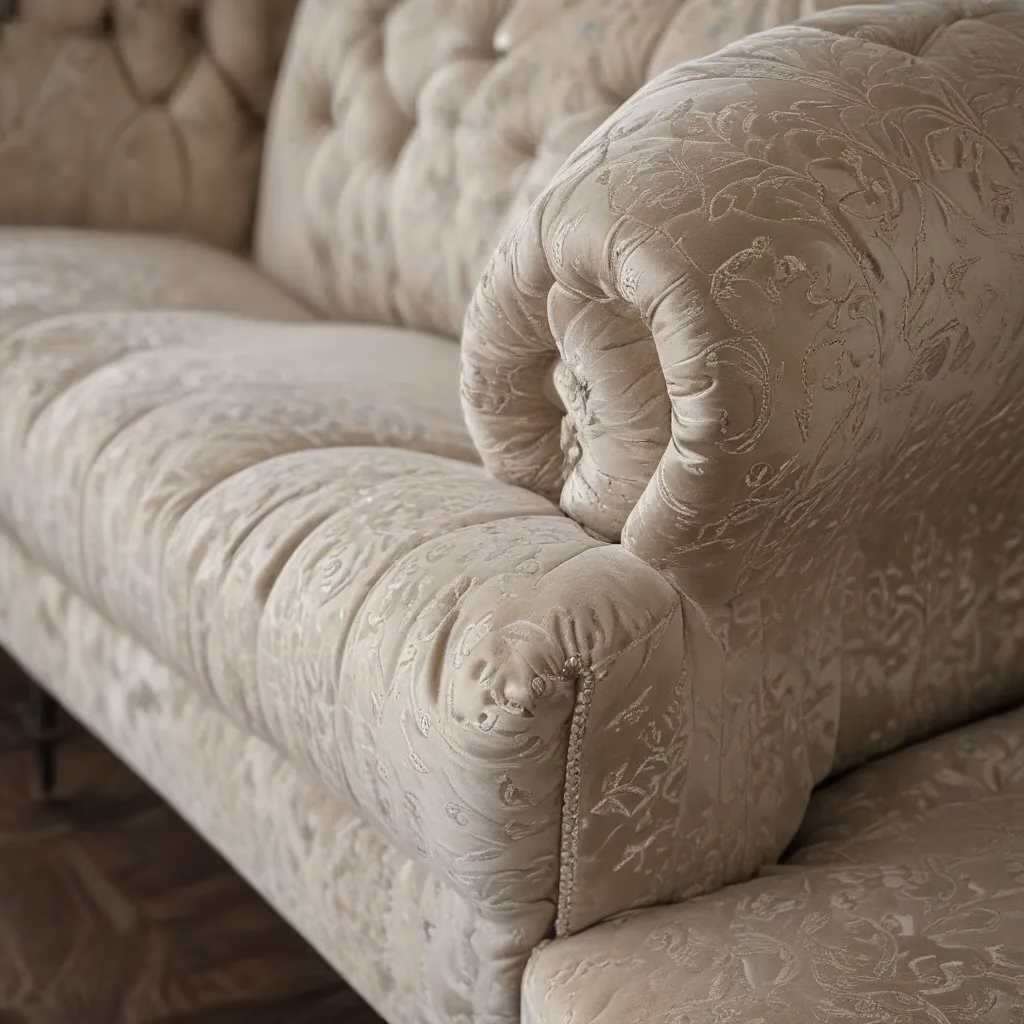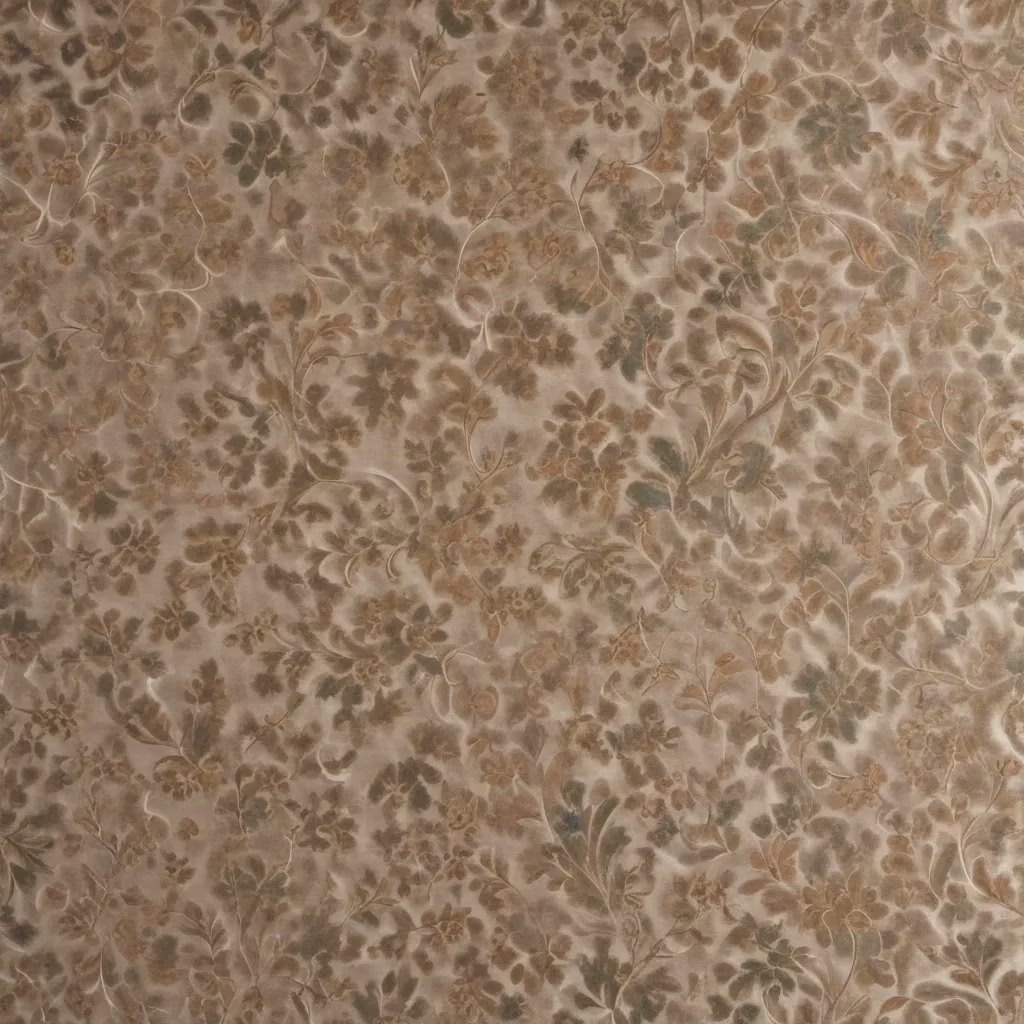Stretching Space: The Art of Fitting More Into Less
Ah, the eternal struggle of the modern home – how to squeeze in every creature comfort without feeling like you’re living in a sardine can. Whether you’re a growing family, a city-dweller, or simply someone who loves to host, the quest for maximizing seating while avoiding that claustrophobic vibe can feel like a never-ending battle.
Well, my friends, fear not. I’ve done the leg work (pun intended) to uncover the secrets to this spatial sorcery. As a self-proclaimed couch potato with a penchant for entertaining, I’ve learned a thing or two about making the most of limited square footage. And now, I’m here to share my insights with you, so you can create a cozy oasis that doesn’t make your guests feel like they’re dining inside a phone booth.
Sizing Up the Situation
The first step to tackling this challenge is to take a long, hard look at the space you’re working with. Measure, measure, measure – not just the room dimensions, but also the existing furniture and the flow of traffic through the area. SofaSpectacular, the custom sofa company in the UK, emphasizes the importance of understanding your available space before diving into any design decisions.
“Too often, people make the mistake of buying pieces that are too large for the room, only to end up feeling cramped and claustrophobic,” explains Sarah, the company’s lead designer. “By taking the time to map out your space, you can make informed choices that maximize seating without compromising comfort or circulation.”
Sofa Savvy: Choosing the Right Size and Shape
Now that you’ve got a solid understanding of your available real estate, it’s time to start shopping for the star of the show – the sofa. This is where the real magic happens, my friends.
One of the key factors to consider is the sofa’s depth. Sure, a deep, plush couch might look inviting, but it can quickly eat up precious floor space, leaving little room for other furnishings. Opt for a more streamlined silhouette, like a modern apartment-sized sofa or a loveseat, to strike the perfect balance between comfort and space-saving.
But don’t be afraid to get a little creative with the shape, either. Curved or L-shaped sofas can help define specific seating areas within an open-concept layout, while also maximizing the number of people you can accommodate. Just be mindful of the room’s dimensions and the flow of traffic to ensure your chosen piece doesn’t feel like it’s cramping everyone’s style.
Multifunctional Marvels: Leveraging Versatile Furniture
Now, let’s talk about the supporting cast – the other pieces of furniture that can make or break your seating situation. The key here is to seek out items that pull double (or even triple) duty, allowing you to pack more function into a smaller footprint.
Take, for example, a nifty little storage ottoman. Not only can it serve as an extra seat when needed, but it also provides a convenient spot to stash throws, magazines, or even the TV remote. And let’s not forget about the humble coffee table – upgrade to one with built-in shelves or drawers, and suddenly, you’ve got a surface for drinks and a spot to corral all those pesky knickknacks.
“Multifunctional furniture is a game-changer when it comes to maximizing seating without feeling cramped,” says Sarah. “By choosing pieces that serve multiple purposes, you can create a space that’s both stylish and highly efficient.”
Spatial Tricks: Illusions that Expand the Room
Now, let’s dive into some of the more subtle (but no less effective) tricks of the trade. One of my personal favorites? The strategic use of mirrors. Strategically placed mirrors can create the illusion of depth, making a room feel larger and more open. Hang a large mirror opposite a window, and you’ll instantly double the amount of natural light and visual space.
Another nifty trick? Opt for furniture with clean, streamlined silhouettes. Bulky, overstuffed pieces can quickly make a space feel smaller and more cluttered. Instead, choose sleek, low-profile designs that allow the eye to move freely through the room.
And let’s not forget about the power of vertical space. By incorporating tall, slender bookcases or shelving units, you can make the most of your floor plan without sacrificing seating. Plus, these eye-catching elements can double as stylish storage solutions, further decluttering your space.
Seating Strategies: Arranging for Maximum Impact
Finally, let’s talk about the art of arranging your furniture. This is where the magic really happens, my friends. By strategically placing your pieces, you can create the illusion of a larger, more open living area – all while maximizing your seating capacity.
One of the key strategies is to avoid pushing everything up against the walls. Instead, try arranging your sofa and chairs in a conversational grouping, with just enough space between them to allow for easy movement. This not only creates a more inviting atmosphere but also helps to break up the room and make it feel more expansive.
Another tip? Experiment with rotating your furniture at an angle. This simple trick can instantly breathe new life into a space, creating the perception of additional square footage. And don’t be afraid to play with scale, either. Mixing larger and smaller pieces can help to create a sense of balance and visual interest.
Putting It All Together: A Harmonious Oasis
So there you have it, folks – the secrets to maximizing seating without feeling cramped. From choosing the right sofa to leveraging the power of illusion, these strategies will help you transform your living space into a cozy, welcoming oasis that’s big on style and functionality.
Remember, the key is to approach this challenge with a curious and open mind. Experiment with different layouts, play with scale and proportion, and don’t be afraid to get a little creative. After all, the true joy of design lies in the process of discovery.
Now, go forth and conquer those square footage woes, my friends. Your guests will be thanking you (and your newfound spatial wizardry) in no time.




